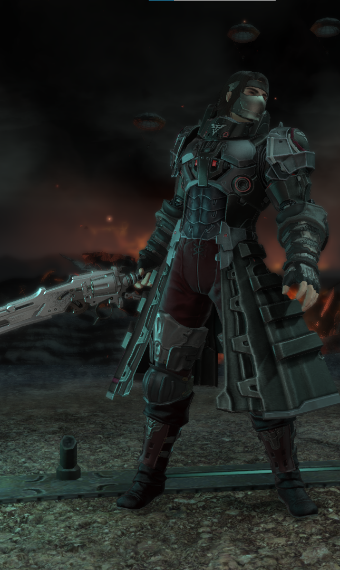
Automatic Rocket Guardian with Electronic Sensor (ARGES)Īdderlaze used a laser rangefinder and computing system that was claimed to enable targets to be engaged at up to 2,000m.īetween 19, the Defence Research Establishment (DRA) conducted a survey of systems that might potentially replace LAW-80. LAW-80 could also be used as a command-detonated ‘off-route mine’ with a simple kit.Ī more complex set of off-route mine systems were developed called Addermine, Addermine/Arges, and Adderlaze.Īddermine used a sensor wire, with the weapon firing in response to a vehicle crushing or breaking it.Īddermine/Arges used a clip-on sensor that could determine the optimum firing point for specific vehicles. The rocket motor burns out before the rocket has left the launcher, thus ensuring that the backblast is confined by tube and directed well behind the firer. Once the soldier sees a shot strike the target he presses forward the change lever With his thumb and, maintaining the same point of aim, pressed the trigger to fire the locket. The rifle is a self-loader and carries five rounds in its magazine so that up to five aiming shots can be fired. He then places the weapon on his shoulder, takes aim through the small optical sight, and presses the trigger to fire the spotting rifle. The soldier prepares the launcher by removing the protective end caps and extending the rear tube, which contains the rocket. LAW-80 weighed 10kg and had a rear danger area of 10-20m. The tubes were made from kevlar-reinforced epoxy resin that used a filament winding process, and coated in polyurethane that was co-cured with the resin matrix. When carried, the missile was 1m long, this was extended to 1.5m in the ready-to-fire mode. If it did hit, though, the vehicle would likely be in trouble, the warhead could penetrate 700mm RHA. The effective range was reportedly 500m, although it would be relatively difficult to achieve a hit at this range against a moving target.

LAW-80 was generally referred to as LAW-94, in reference to the warhead diameter. The round was 9mm in diameter and mounted in a modified 7.62mm NATO case with a. LAW-80 was designed with a 94mm diameter warhead and included a spotting rifle and five-round magazine that fired ammunition ballistically matched to the main round. Hunting Engineering began the development of a replacement for the L1A1 and 84mm Carl Gustav in the late seventies, still with an encapsulated rocket, and a disposable housing, but with an integral spotting rifle to exploit the larger rockets’ increased range over the 66mm L1A1.

For HEAT warheads, one of the principal means of increasing penetration is with a warhead of greater diameter. The L1A1 was seen as increasingly obsolete against modern Soviet armour, primarily as a result of its fixed diameter, unlike RPG-type weapons, the launch tube diameter constrained the warhead diameter. Rocket, 66mm, HEAT, L1A1 (FIR 9467) Anti-tank rocket-propelled grenade launcher tube Light Anti-Armour Weapon (LAW) 80 was intended as a replacement for the Rocket 66 mm HEAT L1A1, more commonly known as the M72 LAW. The history of NLAW starts with the weapon it was intended to replace, the LAW 80. NLAW (Next Generation Light Anti-Tank Weapon) History


NLAW (Next Generation Light Anti-Tank Weapon) History.


 0 kommentar(er)
0 kommentar(er)
